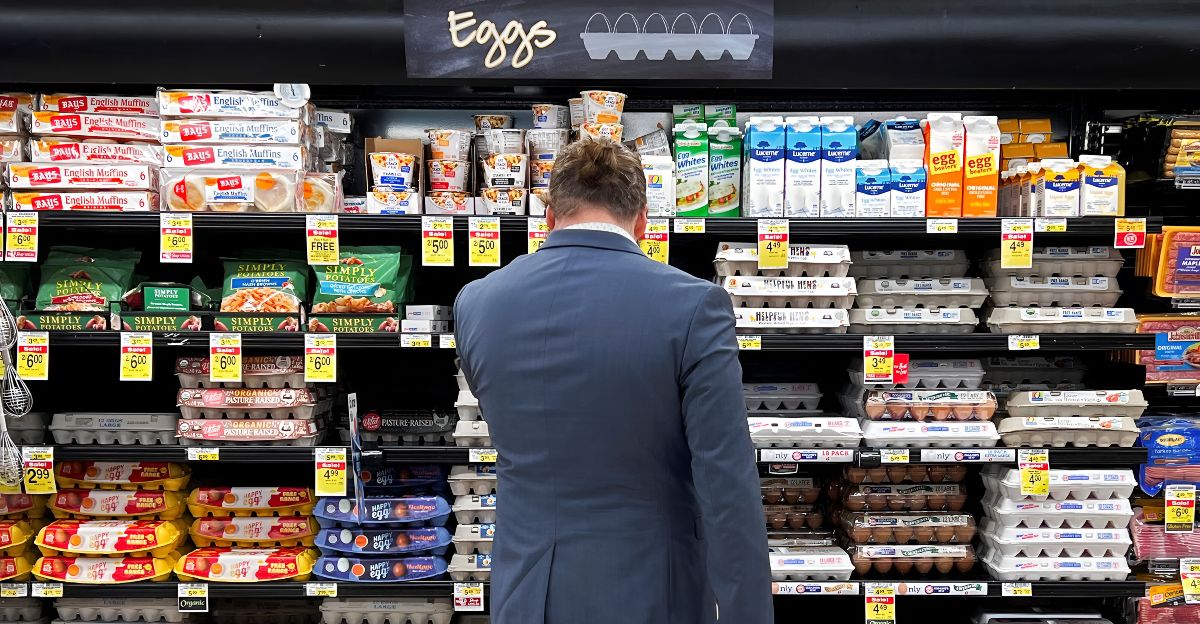
Recently, August Egg Company issued a recall of 1.7 million dozen brown cage-free and organic eggs due to potential contamination with Salmonella Enteritidis. This includes eggs that have been sold over the last few months at major grocery chains, raising significant concern among consumers.
This comes after an investigation into an outbreak linked to several reported illnesses and hospitalizations. At the moment, health officials and August Egg Company are doing everything in their power to contain the problem, but the effects are rippling through supply chains, impacting retailers and shoppers well beyond the source of the contamination.
The Outbreak

The recall is linked to an ongoing Salmonella outbreak traced to eggs from August Egg Company. Salmonella Enteritidis is a harmful bacterium that can cause serious illness, especially in vulnerable people.
As soon as the company detected the bacteria, they quickly sent affected eggs to a pasteurization facility to reduce the risk. This is meant to help control the outbreak and prevent more people from getting sick.
Removed From Shelves

Retailers that were selling these eggs have now removed them from their shelves and are alerting customers. Major grocery chains were involved, including Save Mart, FoodMaxx, Lucky, Smart & Final, Safeway, Raleys, Food 4 Less, Ralphs, and Walmart. Thankfully, they have all fully cooperated with health officials to contain the issue.
The recall includes eggs with specific plant codes and packaging dates. Stores are working to make sure these products are no longer sold, helping to protect consumers.
The Symptoms

Symptoms of this infection include diarrhea, fever, vomiting, and dehydration. The illness can be especially dangerous for young children, older adults, and people with weakened immune systems.
Healthcare officials are urging anyone who might’ve consumed these eggs and developed symptoms to see a doctor as soon as possible. Detecting this illness early and receiving the necessary treatment is very important for reducing severe outcomes from this infection.
Nine States

These eggs were distributed to grocery stores in nine different states. These states include Illinois, Indiana, Nebraska, New Mexico, Arizona, California, Nevada, Washington, and Wyoming.
If you live in one of these areas, you are encouraged to check the plant code printed on your egg carton as well as the production date to ensure that your eggs are not affected by the recall.
No Longer Distributing Fresh Eggs

The company is not currently distributing any fresh shell eggs and is now sending all production to a pasteurization facility, which kills harmful bacteria.
August Egg Company is also reviewing its safety practices to help prevent future problems and is cooperating with the FDA and CDC investigations. These efforts aim to restore consumer confidence and ensure product safety.
Potential Shortages

The recall is also currently disrupting the supply chain for many other egg brands sold under different labels. Retailers now have to deal with product removal, sanitation, and inventory adjustments, which could lead to significant shortages.
This situation shows how complex food safety recalls can be and the wide-ranging effects they have on the grocery industry.
Concerns

Concerns about egg safety could drive consumers toward other protein sources, like plant-based options or even other animal proteins.
This change in preferences could affect market demand and sales trends, showing how food safety incidents like this one can ripple through consumer demand and industry dynamics.
Plant Codes And Julian Dates

Consumers should now check their egg cartons for plant codes P-6562 or CA5330, and Julian dates between 032 and 126. If your eggs match these codes, they should not be eaten and can be returned to the store for a refund.
If kitchen utensils or surfaces come in contact with these eggs, consumers should thoroughly wash these objects to avoid possible cross-contamination.
A Reminder

The recall of 1.7 million dozen eggs is a reminder of how closely connected food safety, public health, and supply chains are.
What began as a contamination issue at a single producer has turned into a multi-state problem, reminding consumers and industry stakeholders of the importance of constant vigilance and robust safety measures in the food supply.
Explore more of our trending stories and hit Follow to keep them coming to your feed!

Don’t miss out on more stories like this! Hit the Follow button at the top of this article to stay updated with the latest news. Share your thoughts in the comments—we’d love to hear from you!







